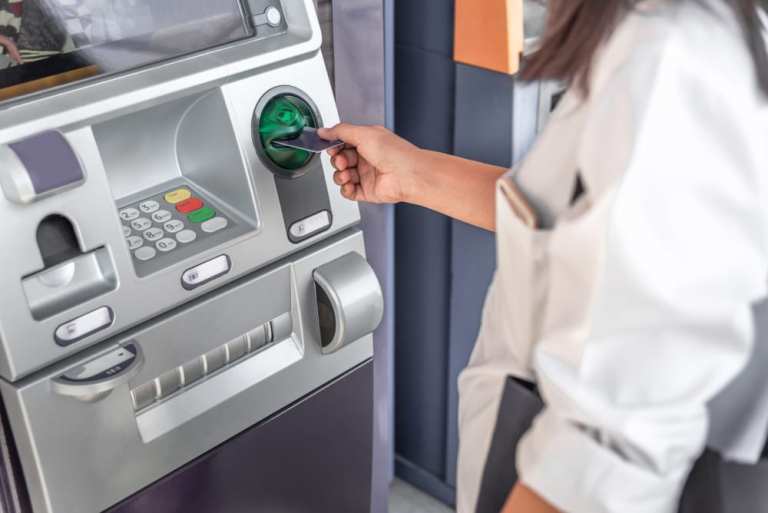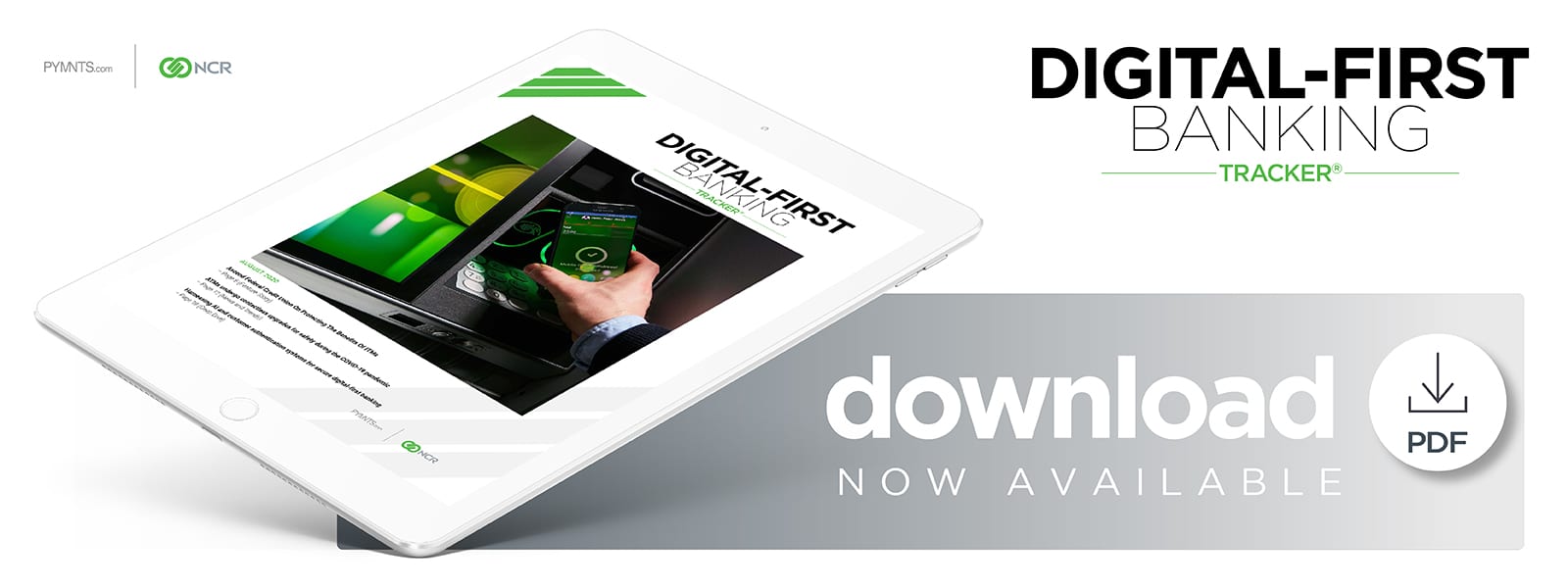Automated teller machines (ATMs) are a crucial piece of technology offered by nearly every financial institution (FI), allowing customers to check account balances and withdraw cash at any time of day without having to visit a physical branch.
There are more than 10 billion ATM transactions conducted in the U.S. every year, with the average ATM machine used 300 times a month. This massive popularity is driving many digital-first banks to invest in more advanced interactive teller machines (ITMs), which connect customers with a human teller via videoconference and allow for more sophisticated banking activities beyond cash withdrawal, including accepting loan payments and offering extended teller service hours.
One FI deploying ITMs on a wide scale is Tennessee-based Ascend Federal Credit Union, which first began this initiative in 2014. Its 200,000 members have been enjoying a range of improved services ever since, according to the credit union’s (CU’s) senior vice president of administration, Jason Powers.
“We needed a way to open several new branches in Nashville,” he explained. “But by extending our operating hours and centralizing the management of our tellers, ITMs are the solution that we chose [instead].”
ATMs and ITMs face a range of security threats, however, from smash-and-grab schemes for stealing physical money to identity theft techniques that trick machines into accessing accounts. FIs like Ascend rely on a number of approaches to help secure ITMs and limit their services to legitimate customers, including physical security safeguards and behind-the-scenes fraud analysis systems.
Advertisement: Scroll to Continue
The Advantages Of ITMs
ITMs offer an array of benefits over traditional teller machines, according to Powers, including services like accepting loan payments and offering extended teller service hours. Connecting to a live teller rather than interacting with a simple computer interface enables the bank to perform the verification checks necessary for these complicated processes.
“We have a centralized location where our tellers are that works similar to a contact center, except instead of taking telephone calls, it’s video calls, as members walk up and tap the screen,” Powers said. “It’s very similar to a traditional teller line with the personal service of a representative on the video chat, and they can conduct almost 90 percent of the transactions they could do inside the branch via the ITM.”
Not only is the expanded access to these services convenient for customers; it helps the CU in its back-end processes as well. Ascend and many other CUs have opted to retrofit their drive-thrus with these ITMs rather than have human tellers at booths, as they can offer the same services in a fraction of the space. The ITMs also enable FIs to standardize and streamline their employee training processes, as having all their video tellers in a single location allows managers to immediately ascertain which processes are working or need improvement.
“It enables credit unions to centralize the management of that particular teller row, and that centralization condenses the interviewing, hiring and supervision of the service representatives to a smaller group of managers,” Powers explained. “This provides greater consistency in coaching the employees, and obviously a much greater consistency and adherence to customer service standards and diminishes idle time. Instead of having three or four tellers across two or three branches that are idle, you’ve got one teller who stays busy with the traffic volume.”
These perks for both customers and CU management are effective only if the ITMs are safe to use, however. Keeping them secure comes down to a combination of physical security measures and digital fraud detection platforms.
Keeping ITMs Secure
Securing ATMs and ITMs can largely be divided into two segments, according to Powers. The first relies on physical security measures to prevent brute-force attacks that enable criminals to physically remove money from cash drawers, including a new technique called “jackpotting,” which has been growing more popular in recent months, according to the U.S. Secret Service. This method involves fraudsters using malware or specialized electronics to hijack ATM systems and control their internal operations, including the ability to spit out cash.
“We have advanced security measures and alarm triggers in place to prevent jackpotting and other types of physical security threats and thefts,” Powers said. “[We also have] the latest security methods installed to detect skimmers and shimmers, and stringent identity security protocols, policies and procedures to ensure we are correctly identifying our members to reduce identity theft and fraud.”
“Skimmers” and “shimmers” are both tools installed on ATMs and ITMs to read customers’ cards as they are inserted into the machine, allowing the fraudster to learn their numbers and then use them toward illicit ends. The ATM Industry Association recently reported that 96 percent of ATM operators experienced some form of physical fraud between September 2019 and the year prior, with 91 percent of respondents saying that skimming devices were growing smaller and harder to detect.
Identity fraud is also a massive threat to ATM security, Powers said. Fraudsters armed with stolen account information or payment cards often attempt to access victims’ accounts and withdraw funds, as these transactions can attract less scrutiny at an ATM compared to a physical bank branch. Many FIs such as Ascend deploy behavioral analysis systems to detect and catch this type of fraud, identifying suspicious transactions that are not typical of the actual customers’ whose identity has been stolen.
“We have a fraud analysis system for cards, online banking and checks submitted for payments that allows us to detect transactions, login requests et cetera that are not within a member’s normal routine so that we can flag for follow-up with account notes,” he explained. “The process allows us to be proactive to report fraudulent items to our security department and then to our members. When a member visits a branch or utilizes an ITM, the representative can easily follow up with the member to be certain all is in order.”
ITMs can form a core segment of FI customers’ financial lifestyles, but only if they are not used as avenues for fraud. Not properly safeguarding this arena is a surefire way for FIs of all types to lose customers and leave them worse off than when they started.





